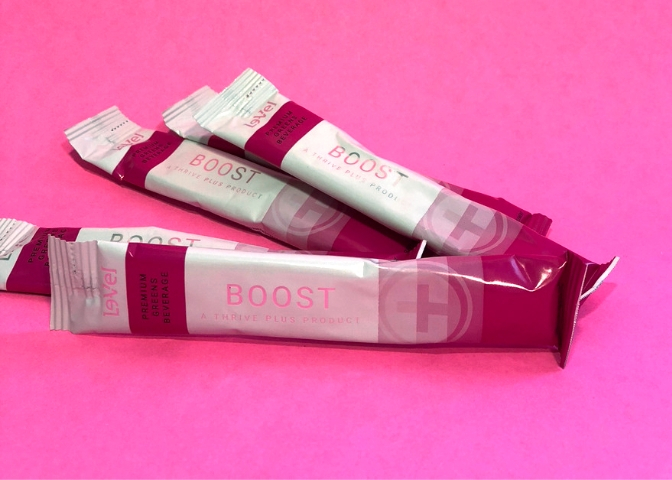Green is good. We associate the color green with all sorts of good things — nature, health, and prosperity, for example.
It’s also good when it comes to the color of the food you eat!
Leafy green vegetables are the ultimate health food: They are low in calories but high in fiber, vitamins, and phytonutrients.
Some of the benefits of eating leafy greens are:
Healthy skin and bones
Improved brain function
Lower blood sugar
Greens are also excellent detoxifiers: The chlorophyll in greens binds to heavy metals and toxins in your blood and carries them out of your body.
What’s more, they’re high in magnesium, which can help lower your blood pressure and reduce your risk of cardiovascular disease, and the antioxidants and polyphenols in greens can reduce inflammation, which helps lower your cancer risk.
Read on to learn which greens are the most beneficial and suggestions for how to eat them!
Arugula
A green with small leaves and a slightly peppery taste, arugula is full of pro-vitamin A carotenoids as well as vitamins B9 and K. It’s great to include in salads or to use as dressing (in place of iceberg lettuce, which has fewer nutrients) on your favorite sandwich.
Beet greens
Beets are nutritious, and so are their leaves! Beet greens are rich in calcium, fiber, potassium, riboflavin, and vitamins A and K. Throw them in a salad or soup, or saute and serve them as a side dish.
Collard greens
Packed with calcium, folate, and vitamins A and C, collard greens are often simmered with ham or bacon and served as a side dish. You can also toss them into a soup or casserole to give it a healthy boost.
Endive
Delicious raw or cooked, endive is full of folate and vitamins A and K. Eat it on sandwiches or toss it into stir frys, pastas, soups, and casseroles.
Kale
Nutrient-dense kale has become the poster vegetable for healthy eating. Just one cup of raw kale provides more than 600% of the daily recommended value of vitamin K, 200% of vitamin A and 130% of vitamin C! Roast it to make kale chips, or add it to soups or a smoothie.
Microgreens
Typically measuring 1-3 inches, microgreens are immature greens produced from the seeds of herbs and vegetables and can contain 40 times more nutrients as their mature counterparts! Toss them into salads or a smoothie, or add them to sandwiches or wraps for a healthy crunch.
Spinach
One cup of spinach delivers 180% of the recommended daily value of vitamin K and more than half the recommended daily value of vitamin A. Eat it in salads, pastas, soups, casseroles, or add some to a smoothie.
Swiss chard
Packed with potassium and vitamins A, C, and K, Swiss chard is a great addition to soups and casseroles. It’s also tasty as a side dish sauteed with garlic and olive oil.
Turnip greens
The leaves of the turnip plant are even more nutritious than the vegetable itself! Turnip greens are rich in calcium, folate, and vitamins A, C, and K. Try substituting it for kale or spinach in casserole and pasta recipes.
While it is always best to get vitamins and minerals from whole foods, it’s not always convenient — or even possible — to do so.
You can still reap the benefits of eating leafy greens even when they’re not in season, you’re traveling, or simply don’t have time to cook. Just toss a packet of my favorite GREENS POWDER into a smoothie or simply mix it with water. This supplement is a premium beverage that delivers the same phytonutrients you find in leafy greens in a delicious berry-flavored drink — and it’s available year-round!
Contact me to learn more and get a coupon on your first order.



